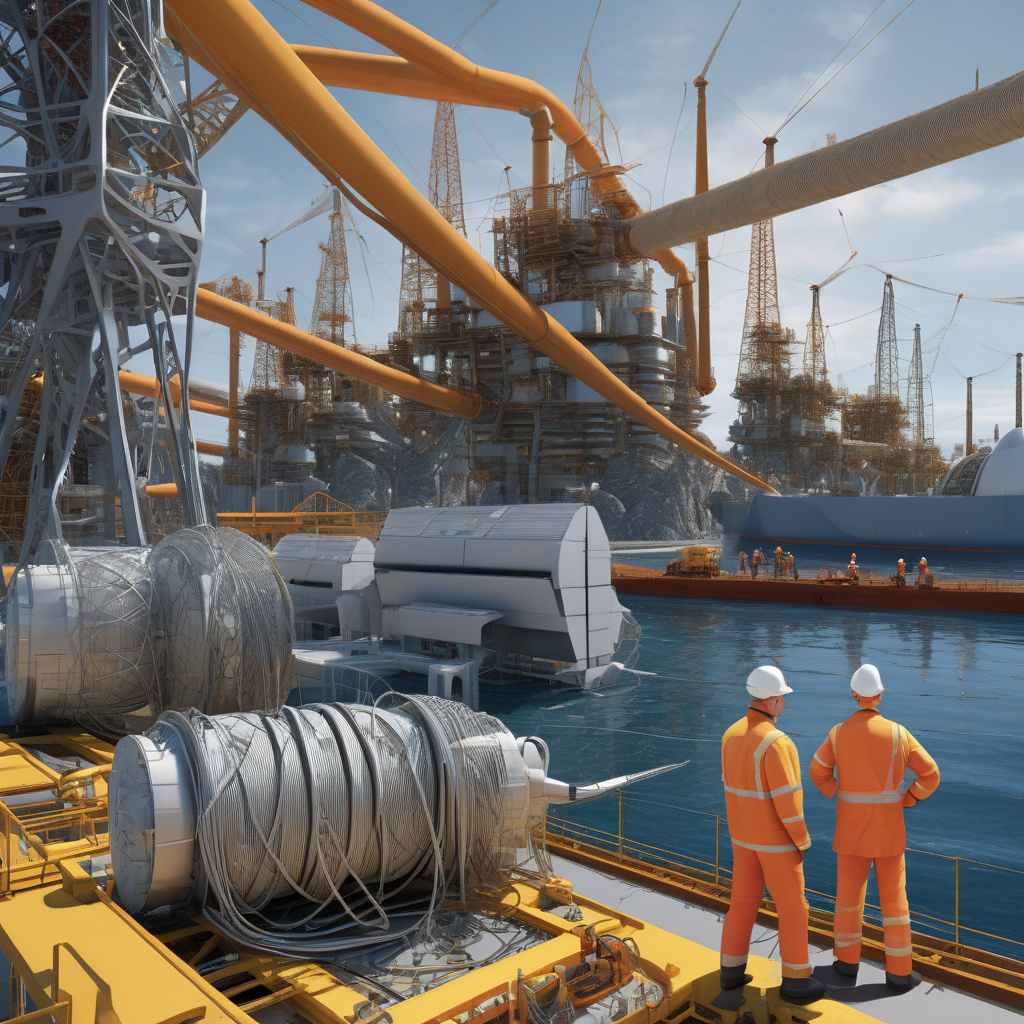Europe’s first net-zero project to get world’s largest high-voltage sea cable network
In a significant milestone in Europe’s energy transition, the European Union (EU) has recognized the need for sustainable energy solutions to combat climate change. As part of this initiative, Europe’s first net-zero project is set to receive the world’s largest high-voltage sea cable network. This groundbreaking development marks a pivotal moment in the region’s efforts to reduce carbon emissions and embrace renewable energy sources.
The project, which aims to achieve net-zero carbon emissions by balancing the amount of carbon released with an equivalent amount sequestered or offset, underscores a growing global trend towards sustainability and environmental consciousness. By implementing innovative technologies and infrastructure, Europe is taking a proactive approach to address climate change and secure a greener future for generations to come.
One of the key components of this ambitious project is the establishment of the world’s largest high-voltage sea cable network. This network will enable the efficient transmission of renewable energy generated from sources such as wind, solar, and hydroelectric power across European countries. By interconnecting the energy grids of different nations, the high-voltage sea cable network will facilitate the seamless exchange of clean energy, reducing reliance on fossil fuels and promoting sustainability on a continental scale.
The significance of Europe’s first net-zero project lies not only in its environmental impact but also in its potential to drive economic growth and innovation. By investing in renewable energy infrastructure, countries can create new job opportunities, stimulate technological advancements, and enhance energy security. Additionally, reducing carbon emissions can lead to cost savings in the long run by mitigating the negative effects of climate change and avoiding the expenses associated with environmental damage.
Furthermore, the implementation of the world’s largest high-voltage sea cable network demonstrates Europe’s commitment to international cooperation and collective action. By working together to develop interconnected energy systems, countries can leverage each other’s strengths and resources to build a more resilient and sustainable energy network. This collaborative approach not only fosters unity among nations but also sets a positive example for the rest of the world to follow in the fight against climate change.
As Europe continues to lead the way in the transition to net-zero emissions, other regions and countries are encouraged to take similar bold steps towards a more sustainable future. By investing in renewable energy, promoting innovation, and fostering cooperation, nations can work together to combat climate change and build a cleaner, greener world for all. Europe’s first net-zero project and the world’s largest high-voltage sea cable network serve as shining examples of what is possible when ambitious goals are met with determination and vision.
In conclusion, the combination of Europe’s first net-zero project and the world’s largest high-voltage sea cable network represents a significant leap forward in the global effort to combat climate change and promote sustainability. By harnessing the power of renewable energy and embracing innovative technologies, Europe is paving the way for a brighter, cleaner future for generations to come. This landmark achievement serves as a reminder of the importance of bold action and collective responsibility in addressing the challenges of climate change and building a more resilient planet for all.
#Europe, #NetZero, #RenewableEnergy, #ClimateChange, #Sustainability












